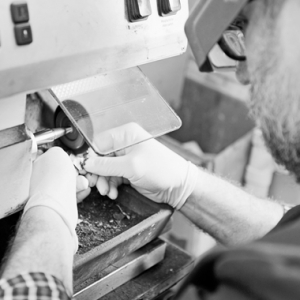
The Future of Prosthetics: Leading the Way to More Advanced Artificial Limbs
Introduction:
Prosthetics have come a long way since the first artificial limbs were developed. The latest developments in prosthetic technology have created artificial limbs that are more functional and comfortable than ever before. In this article, we’ll take a look at some of the advancements that are leading the way to more advanced prosthetics and how they will shape the future of artificial limbs.
The Future Is Here – 3D Printing Technology for Prosthetics
3D printing technology has revolutionized many industries, but it is particularly beneficial for creating prosthetic devices. Using 3D printing technology, prosthetists can create custom-made devices that fit each patient perfectly. This means that patients no longer have to settle for a “one size fits all” approach when it comes to their prosthetic device; instead, they can get something tailored perfectly to their needs. This is just one example of how 3D printing technology is leading the way for more advanced prosthetics in the future.
Artificial Intelligence (AI) & Machine Learning
AI and machine learning are two technologies that are being used in some of the most modern prosthetic devices on the market today. AI allows these devices to be smarter than ever before; they can understand voice commands and interpret signals from sensors placed on or inside the body. Machine learning helps these devices learn over time, becoming better at interpreting signals as time passes, making them more accurate and efficient with each use. These technologies combined make it possible for these devices to be smarter than ever before and lead the way for more advanced prosthetics in the future.
Wearable Technologies & Sensors
Wearable technologies are gaining traction in many industries, including healthcare. Wearable technologies such as sensors allow patients with prosthetic devices to monitor their health closely while also providing vital information about how their device is functioning. This data can then be used by medical professionals or engineers to improve upon current designs or develop new ones based on what they’ve learned from monitoring patient data over time. This type of real-time monitoring will be essential as we continue down our path toward developing more advanced artificial limbs in the future.
Conclusion:
Prosthetics have come a long way since they were first developed and recent advances in technology such as 3D printing, AI, machine learning, and wearable technology have made them even more functional and comfortable than ever before! As these technologies continue to evolve, they will lead us down a path where even more advanced prosthetics are possible – providing increased mobility and independence for those who need them most! With continued research and development into these areas, we can look forward to seeing even greater advancements made in this field over time!